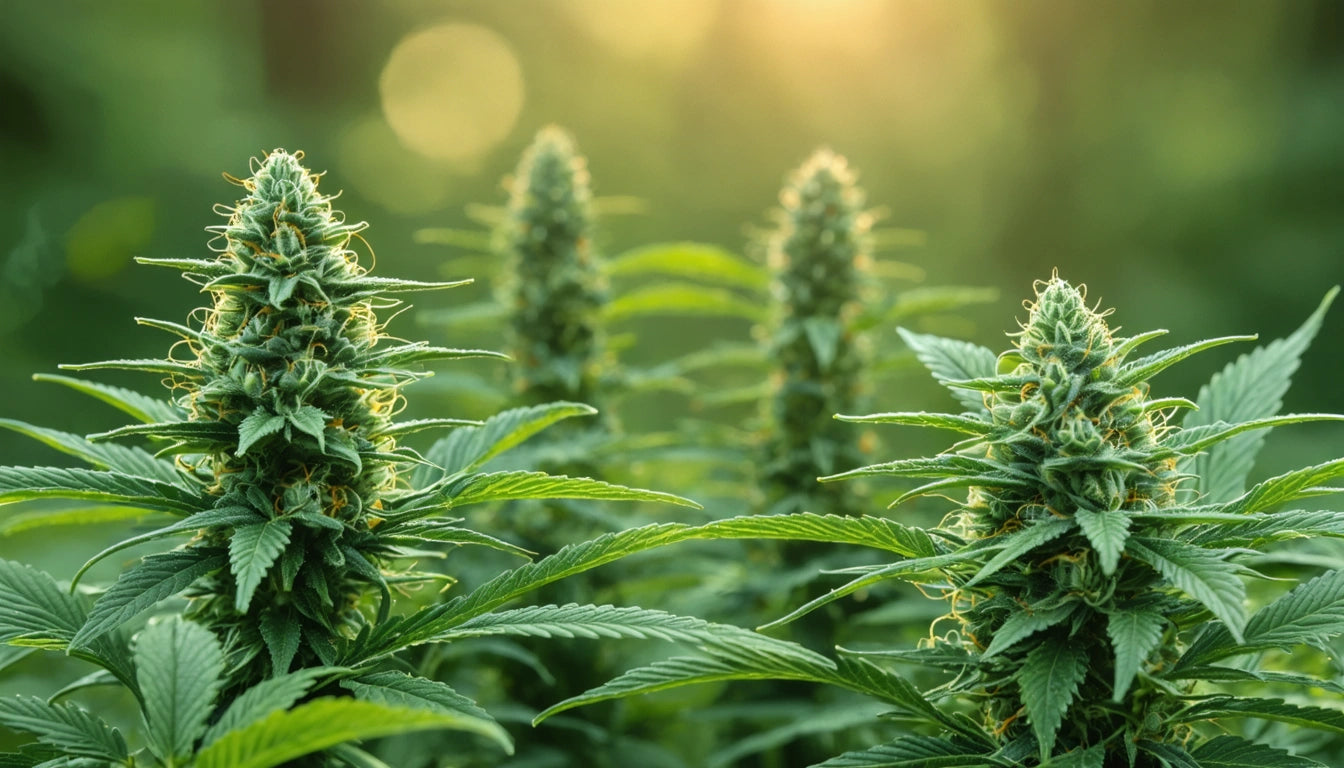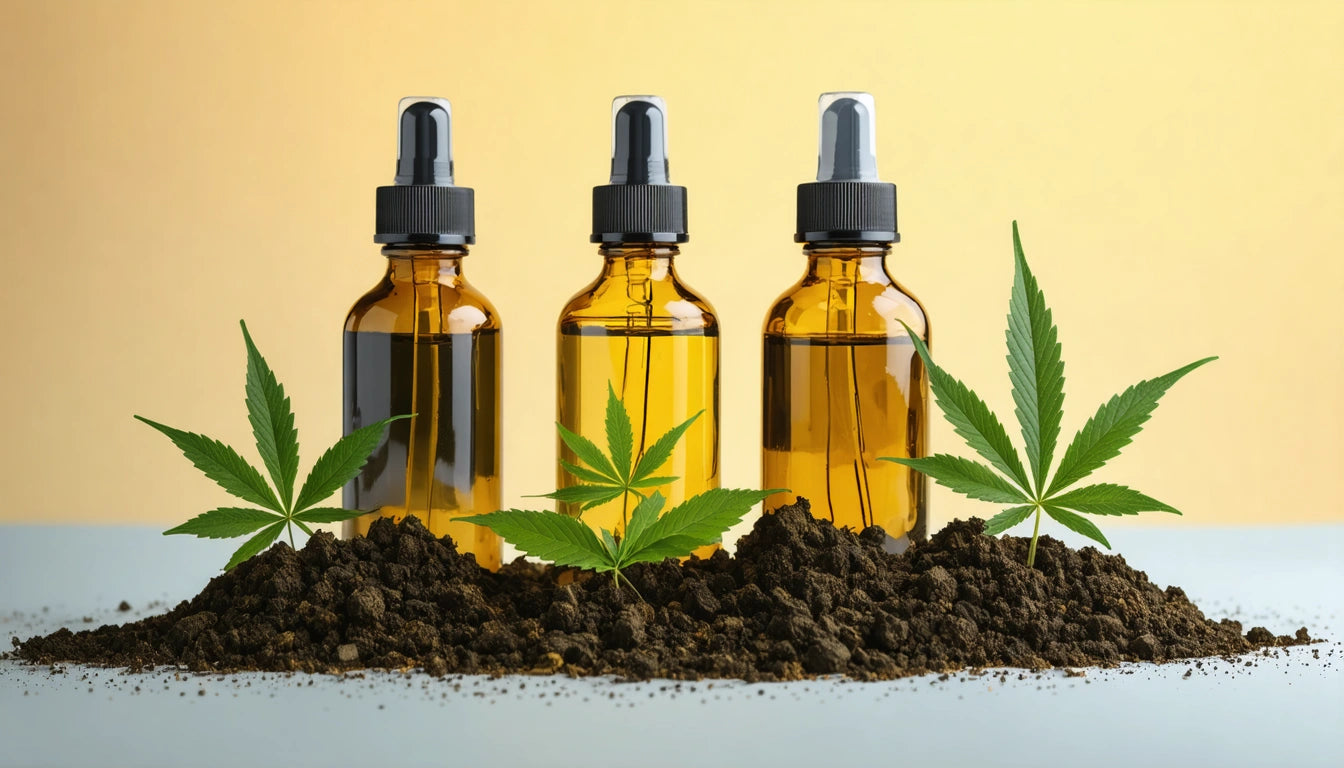Table of Contents
Determining the perfect moment to harvest cannabis is both an art and a science. Harvest too early, and you sacrifice potency and yield. Wait too long, and THC degrades while terpenes evaporate. This guide explores the key indicators that signal when your plants have reached their peak potency and are ready for harvest.
Understanding Cannabis Flowering Cycles
Cannabis plants progress through distinct stages before reaching harvest maturity. The flowering phase typically lasts 7-9 weeks for indicas and 10-12 weeks for sativas, though these timeframes can vary significantly based on genetics and growing conditions.
The flowering period is heavily influenced by light cycles, with photoperiod plants requiring 12 hours of darkness to trigger and maintain flowering. Understanding your strain's expected timeline provides a general framework, but visual cues remain the most reliable indicators of readiness.
Visual Indicators of Harvest Readiness
Pistil Coloration
Pistils, the hair-like structures on female flowers, offer one of the most visible harvest indicators:
- Early flowering: White, straight pistils
- Mid-flowering: Some amber/brown pistils (30-40%)
- Harvest window: Majority (70-90%) of pistils darkened and curled inward
- Late harvest: Nearly all pistils brown and receded
Most cultivators target the 70-90% darkened pistil range for a balanced cannabinoid profile. However, this method should be used alongside other indicators for accuracy.
Fan Leaf Changes
As harvest approaches, larger fan leaves often yellow and begin to fall naturally. This nitrogen depletion is normal and signals the plant is redirecting energy to flower production. Some growers enhance this process through targeted nutrient management in the final weeks, as detailed in this nutrient guide.
Trichome Observation: The Most Reliable Method
Trichomes are the tiny, mushroom-shaped glands that produce cannabinoids and terpenes. Their appearance provides the most accurate harvest indicator. Using a jeweler's loupe or digital microscope (30-60x magnification), examine trichomes on the buds themselves, not sugar leaves.
Trichome Color Stages
- Clear trichomes: Immature, low potency (too early)
- Cloudy/milky trichomes: Peak THC production (energetic effects)
- Amber trichomes: THC degrading to CBN (more sedative effects)
For maximum THC potency, harvest when most trichomes are cloudy with minimal amber (5-15%). For more relaxing effects, wait until 20-30% of trichomes turn amber. After processing, many cultivators use specialized grinding equipment to prepare their harvest for optimal consumption, preserving those trichomes through careful handling.
Strain-Specific Considerations
Different cannabis varieties display unique harvest signatures based on their genetic lineage. Autoflower strains typically complete their lifecycle in 10-12 weeks from seed regardless of light schedule, while photoperiod strains depend on light cycle changes to trigger flowering.
Indica vs. Sativa Harvest Patterns
Indica-dominant strains generally:
- Flower faster (7-9 weeks)
- Develop denser, more compact buds
- Show more dramatic pistil color changes
Sativa-dominant strains typically:
- Require longer flowering periods (10-14 weeks)
- Continue developing new pistils later in flowering
- May appear less "finished" even when trichomes indicate readiness
Environmental Factors Affecting Harvest Timing
Growing environment significantly impacts harvest timing. Indoor cultivation offers precise control, allowing growers to optimize conditions through harvest. Outdoor grows must consider weather patterns and seasonal changes.
Climate Considerations
Outdoor growers should monitor:
- Approaching frost dates
- Extended rain forecasts (which can trigger mold)
- Temperature fluctuations
Sometimes environmental factors force early harvest, particularly when mold or pest pressure threatens crop integrity. In these cases, partial harvests may be necessary to save unaffected portions.
Nutrient Management
Proper flushing before harvest improves flavor and smoking quality. For soil grows, begin flushing with plain pH-balanced water 1-2 weeks before anticipated harvest. Hydroponic systems typically require shorter flush periods of 3-7 days. Plants grown in quality growing media often show more distinct harvest indicators.
Post-Harvest Preparation for Maximum Quality
Proper drying and curing techniques are essential to preserve the cannabinoids and terpenes you've carefully cultivated. After determining the ideal harvest time, prepare your drying space with controlled temperature (60-70 °F) and humidity (45-55%) for optimal results.
Remember that harvest timing is just one part of the cultivation journey. From proper germination to identifying nutrient deficiencies, each stage requires attention to detail for a successful grow cycle.
By combining these visual indicators, trichome examination, and knowledge of your specific strain characteristics, you'll develop the confidence to harvest at the perfect moment for your desired effects and cannabinoid profile. With practice, this skill becomes more intuitive, allowing you to consistently achieve premium quality harvests.











Leave a comment
All comments are moderated before being published.
This site is protected by hCaptcha and the hCaptcha Privacy Policy and Terms of Service apply.